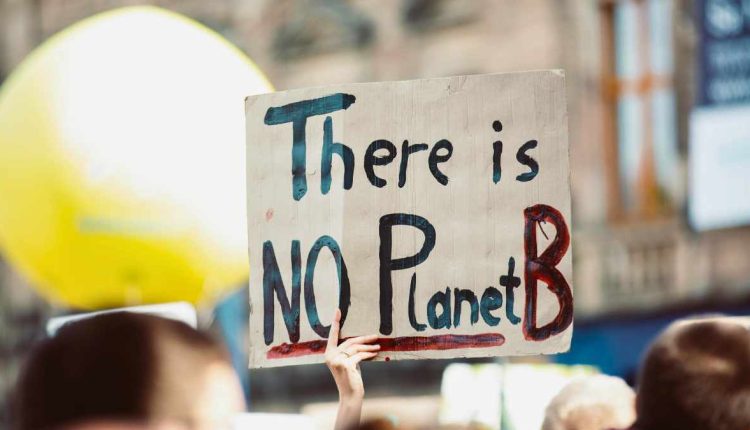A major new report from the United Nations Environment Programme warns that developing countries require twelve times more financial resources than currently available to effectively tackle the climate crisis. The Adaptation Gap Report 2025 reveals that annual adaptation costs for vulnerable nations are projected to soar to between 310 and 365 billion US dollars by 2035, while current international public adaptation finance flows amounted to just 26 billion US dollars in 2023. This leaves a funding gap of nearly 284 to 339 billion US dollars each year, meaning countries on the front lines of climate impacts are receiving less than ten percent of what is needed to safeguard lives, economies and environments.
This stark shortfall comes as climate-linked disasters intensify, with extreme rainfall events, heatwaves, flash floods and powerful storms causing escalating damage and loss in many developing countries. Experts highlight that while most countries now have national adaptation plans in place, implementing practical resilience measures remains severely underfunded.
The UN Secretary-General has described adaptation finance as “a lifeline” rather than a cost, urging countries to close the gap to deliver climate justice and a safer, more sustainable future. Recommendations call for greater grant-based and concessional finance instead of adding further debt burdens. Despite some progress in adaptation planning and international pledges, the report warns that even the newly-agreed climate finance target of 300 billion US dollars per year by 2035 – meant to cover both mitigation and adaptation – is insufficient to meet demand.

